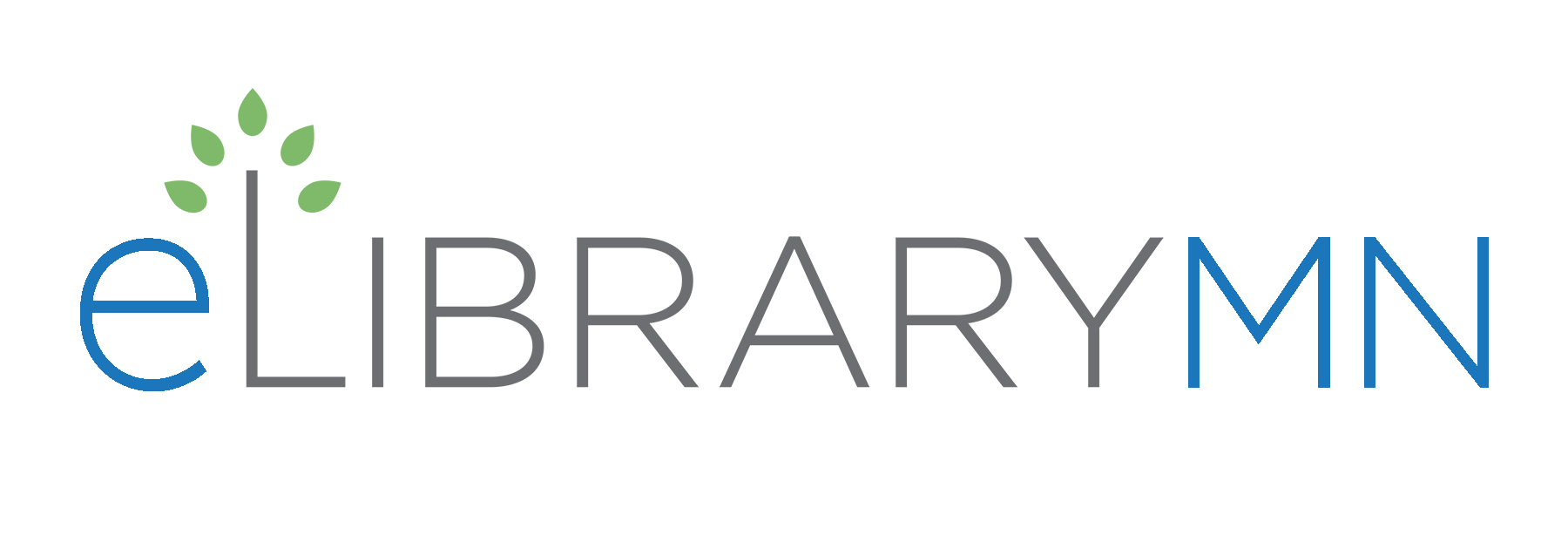by Beth Staats
Quick Summary
Just yesterday, I attended an ACRL / Choice webinar, sponsored by ProQuest, titled Confronting Hard History: Using Primary Sources to Teach Slavery, Civil Rights and Black Lives Matter. Presented by Hasan Kwane Jeffries, PhD, an author and Associate Professor of History at Ohio State University. As I know the importance of primary sources from majoring in history and working with students on History Day projects, this webinar offered insight into using them to teach the hard stuff.

Just yesterday, I attended an ACRL / Choice webinar, sponsored by ProQuest, titled Confronting Hard History: Using Primary Sources to Teach Slavery, Civil Rights and Black Lives Matter. Presented by Hasan Kwane Jeffries, PhD, an author and Associate Professor of History at Ohio State University. As I know the importance of primary sources from majoring in history and working with students on History Day projects, this webinar offered insight into using them to teach the hard stuff. Hard history looks at those aspects of our past that make us uncomfortable in the present. Professor Jeffries looked at American slavery, the Civil Rights and Black Lives Matter movements as examples of hard history.
He laid out a few typical responses to hard history and what we do when confronted with it. The first is called historical amnesia, or the idea of purposefully forgetting. The second response is to rationalize evil, and the third is to make stuff up, or create false narratives. Unfortunately, this is all too true. Professor Jeffries stressed that the myth of perpetual racial progress is dangerous. If the common narrative is that things get better with the passage of time, then the solution, obviously, would be to wait for time to pass. But we all know that PEOPLE change things, not time.
So how do we challenge the normal narratives? This is where primary sources can play a large role. Primary sources provide students and teachers with necessary opportunities to go beyond the textbooks. One example that Professor Jeffries used to challenge the normative narrative of Civil Rights was to use local branch department files and major campaigns of the NAACP, both of which ProQuest has made available via his institution. By using these primary source documents Jeffries could expand the time and place of the Civil Rights movement. Blacks were challenging white supremacists way before 1954, the normative start to the movement, which also occurred all over the country, not just in the south as we've been told. These primary sources give evidence that African Americans had a broad range of goals. They also help to spotlight women and local leadership, and to decenter MLK, as the movement was never about just one person, as some may think. The written correspondence, letters, and documents also show a wide range of strategies and tactics used, many of which are not detailed in history books.
The Black Lives Matter movement allows us to archive in real-time. Jeffries states that we can use the "signs of the times" to document peoples' current demands. Handmade yard and hand-held rally signs are seen everywhere. With cell phones, videos, photographs, and social media posts, we are archiving in real-time.
I found this webinar incredibly informative and it really helped me to solidify my belief in the importance of primary sources as teaching documents. eLibrary Minnesota has thousands of primary sources available within its databases. Here is a link to several databases within ELM that offer primary source documents. A few examples of documents available in ELM include Booker T. Washington's 1895 "Atlanta Compromise" Speech, Excerpt of a Slave's Letter to a Former Master, and I Shall Never Forget the Weeping, passages from the journal of former Virginia slave, John Washington.


